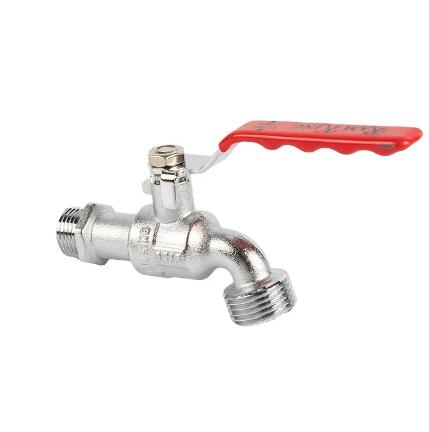The Role of Brass Hosecocks with T Handles in Efficient Fluid Management
2024-08-24
Fluid management is a critical aspect of many systems, from residential plumbing to large-scale industrial processes. One of the key components that ensure efficient control over fluid flow is the brass hosecock with a T handle. This blog will explore the role of these hosecocks in fluid management, highlighting their design, functionality, and importance in various applications.
Why Brass?
Before diving into the specifics of the hosecock itself, it’s important to understand why brass is the material of choice. Brass is an alloy made primarily of copper and zinc, offering several advantages:
1. Corrosion Resistance: Brass is highly resistant to corrosion, particularly from water and moisture, making it ideal for plumbing and irrigation applications.
2. Strength: It has excellent mechanical strength, allowing it to withstand high pressure and rough handling without deforming.
3. Malleability: Brass can be easily shaped and formed, which is beneficial during manufacturing and when customizing parts for specific applications.
4. Non-Toxicity: Brass is safe for use with potable water, which is crucial in residential and commercial plumbing systems.
Design and Functionality of the T Handle
The T handle is a distinctive feature of this type of hosecock, providing several functional benefits:
- Leverage: The T shape allows for easy turning of the valve, requiring less force than a standard round handle. This is especially useful in applications where frequent adjustments are needed or where users might have limited hand strength.
- Grip: The design of the T handle offers a better grip, reducing the risk of slipping, even when the handle is wet or oily.
- Durability: The handle’s robust design can withstand frequent use and the harsh conditions often found in outdoor or industrial environments.
How Brass Hosecocks with T Handles Work
A brass hosecock with a T handle operates by opening or closing a valve that controls the flow of liquid through a hose or pipeline. Here’s a step-by-step overview of how it works:
1. Opening the Valve: When the T handle is turned counterclockwise, the internal valve opens, allowing liquid to flow through. The flow rate can be adjusted by partially opening the valve, giving the user precise control over the amount of fluid passing through.
2. Closing the Valve: Turning the T handle clockwise closes the valve, stopping the flow of liquid. This action creates a tight seal, preventing leaks and ensuring that no fluid escapes when the valve is closed.
3. Partial Control: The design also allows for partial opening, enabling the user to control the flow rate more precisely, which is crucial in applications like irrigation or chemical processing where fluid amounts must be regulated.
Applications and Importance
Brass hosecocks with T handles are essential in various fields due to their reliability and ease of use. Some common applications include:
- Residential Plumbing: These hosecocks are often used to control water flow to outdoor spigots, making them an essential part of home irrigation systems.
- Agriculture: In farming, they control the water flow to irrigation systems, ensuring that crops receive the right amount of water.
- Industrial Fluid Control: In factories and processing plants, these hosecocks manage the flow of liquids and gases in complex systems, contributing to overall operational efficiency.
- Fire Safety Systems: In some cases, brass hosecocks are used in fire safety systems to control water flow in emergency situations.
Conclusion
Brass hosecocks with T handles are small yet powerful tools in fluid management systems. Their design ensures durability, ease of use, and precise control over fluid flow, making them indispensable in various applications, from residential gardens to industrial plants. Understanding the role and functionality of these hosecocks can help you appreciate their value and choose the right components for your specific needs.



